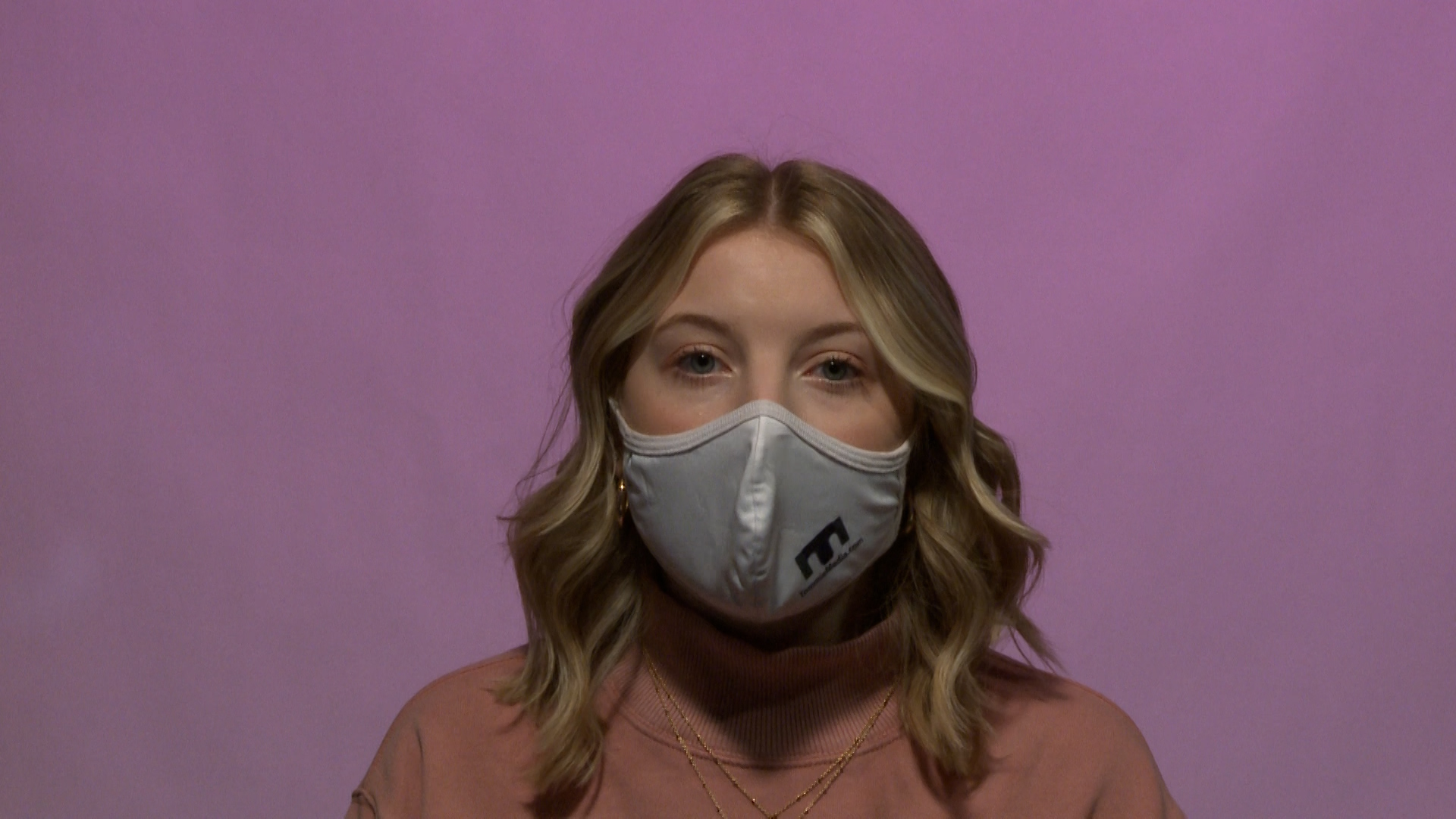President Joe Biden is sending about 2,000 troops from Fort Bragg, North Carolina, to Poland and Germany this week and shifting roughly 1,000 Germany-based soldiers to Romania, a senior administration official said Wednesday.
Biden has said he will not put American troops in Ukraine to fight any Russian incursion, although the United States is supplying Ukraine with weapons to defend itself.
The military moves come amid stalled talks with Russia over its military buildup at Ukraine’s borders. And they underscore growing fears across Europe that Russian President Vladimir Putin is poised to invade Ukraine. Smaller NATO countries on the alliance’s eastern flank worry they could be next, although Russia has said it has no intention of initiating conflict and is willing to continue diplomatic efforts.
Biden had said recently that he intended to provide additional U.S. forces to NATO allies in Eastern Europe as reassurance of an American commitment as treaty allies.
The Pentagon also has put about 8,500 U.S.-based troops on higher alert for possible deployment to Europe as additional reassurance to allies, and officials have indicated the possibility that additional units could be placed on higher alert soon. The U.S. already has between 75,000 and 80,000 troops in Europe as permanently stationed forces and as part of regular rotations in place such as Poland.
One student was killed and another critically injured in a shooting Tuesday afternoon near the front entrance to a suburban Minneapolis school, police said.
Police Chief Jay Henthorne said the students were shot outside South Education Center in Richfield, a suburb just south of Minneapolis. The surviving student was in critical condition at a local hospital. Henthorne said suspects fled and police searched the area.
“This is a tragic day in the city of Richfield,” he said. He gave no other details on the students.
Richfield police arrested two suspects and recovered a handgun after executing simultaneous search warrants at two Minneapolis addresses, they announced Tuesday night.
Sixty-one positive COVID-19 cases were reported to the St. Thomas Center for Well-Being for the week ending Jan. 28. The university-wide vaccination rate is 91.2%, with 94% of employees and 90.4% of students vaccinated.
Fifty-six of those positive cases came from the St. Paul campus while five came from the Minneapolis campus. Forty-four were students and 17 were employees.
Due to an increase in COVID-19 infections across the U.S. leading up to the spring semester, the university has updated its protocols to keep the community as safe as possible.
For the first two weeks of the spring semester, starting Jan. 31, the university has implemented a campus cautious period. This entails that all events, meetings and gatherings that can be virtual should move to an online format.
For classes, students can see its current lecture status via Class Finder on Murphy Online.
As of Jan. 31, the COVID-19 vaccination is now required amongst all students, faculty and staff and conscientious exemptions are no longer an option. Those seeking an exemption must have a written religious or health necessity.
All students, faculty and staff are required to wear a tight-fitting face-covering inside at all times and outside when physical distancing is not possible.
The university is highly advising booster shots before returning to campus.
Per Minnesota Department of Health guidance, the campus is reducing the isolation and quarantine periods from 10 days to five days. For community members who are not boosted, a five-day quarantine is required after exposure. Individuals that are boosted are not required to quarantine after exposure but should wear a mask around others for 10 days.

